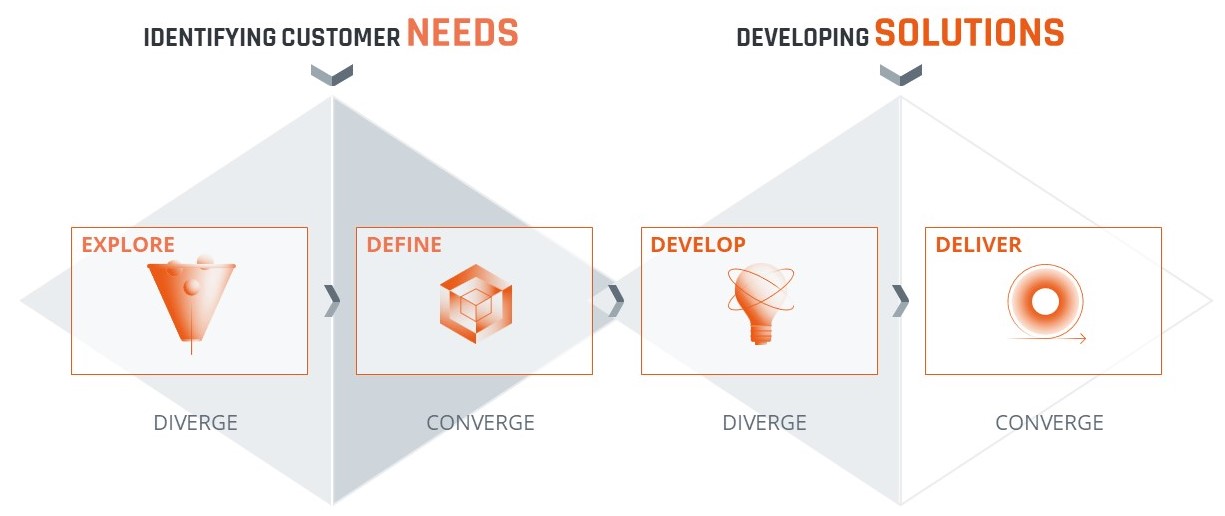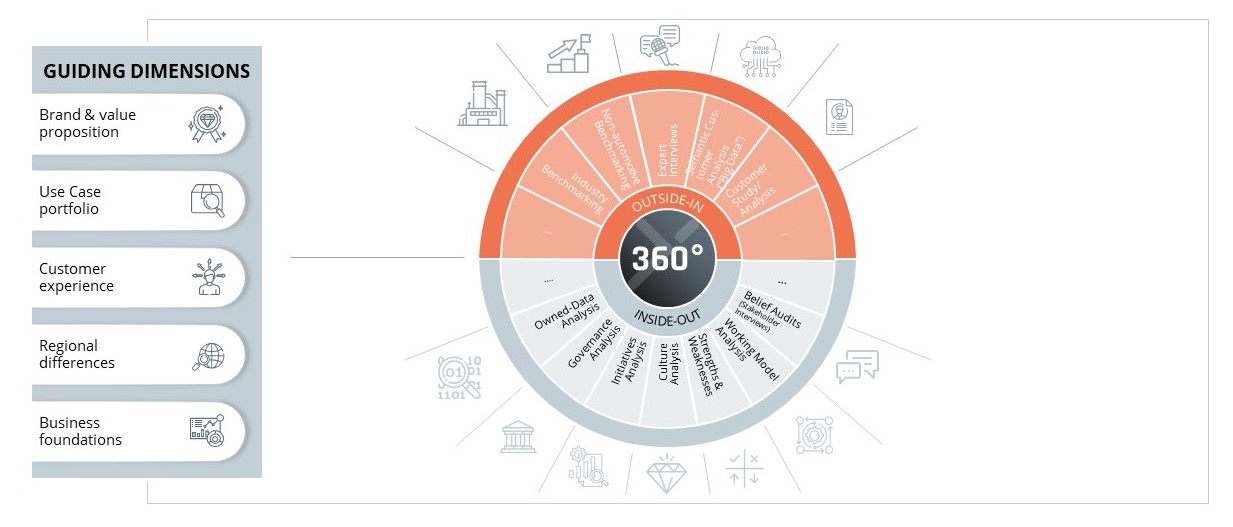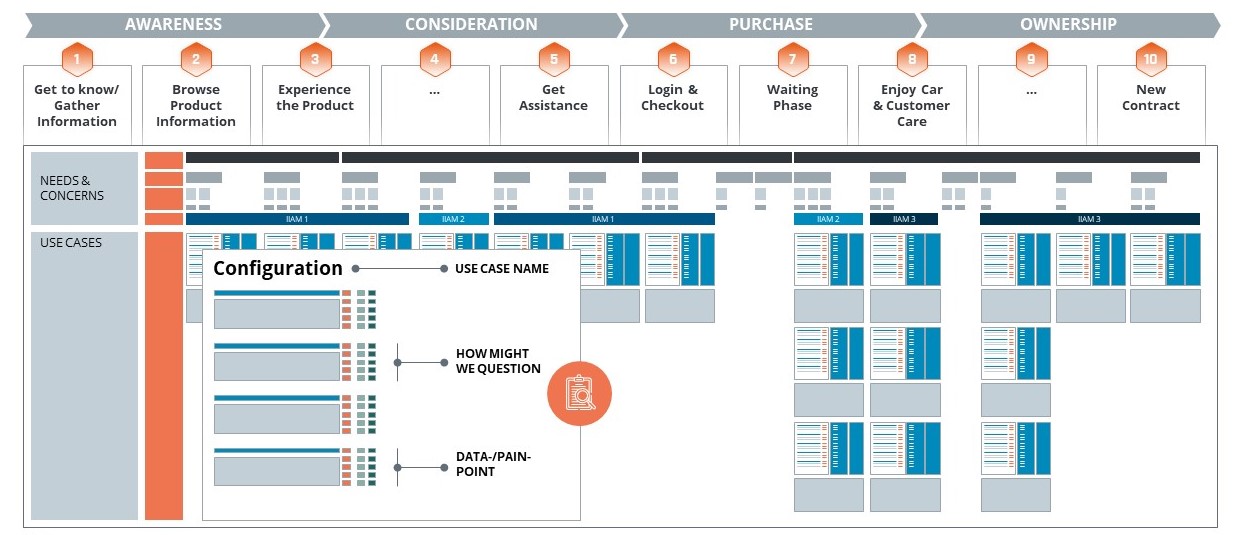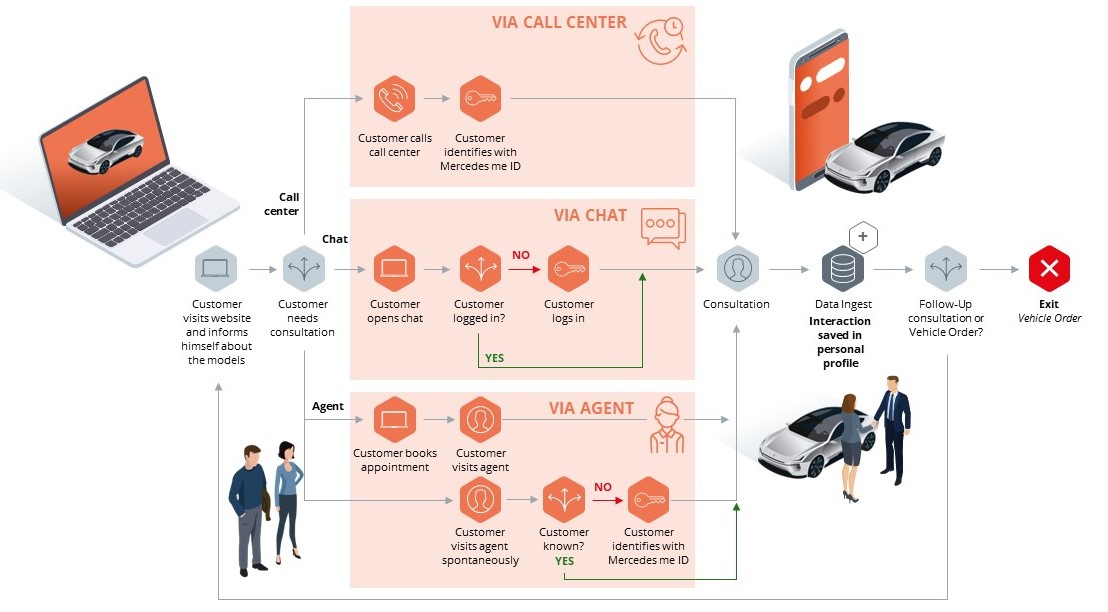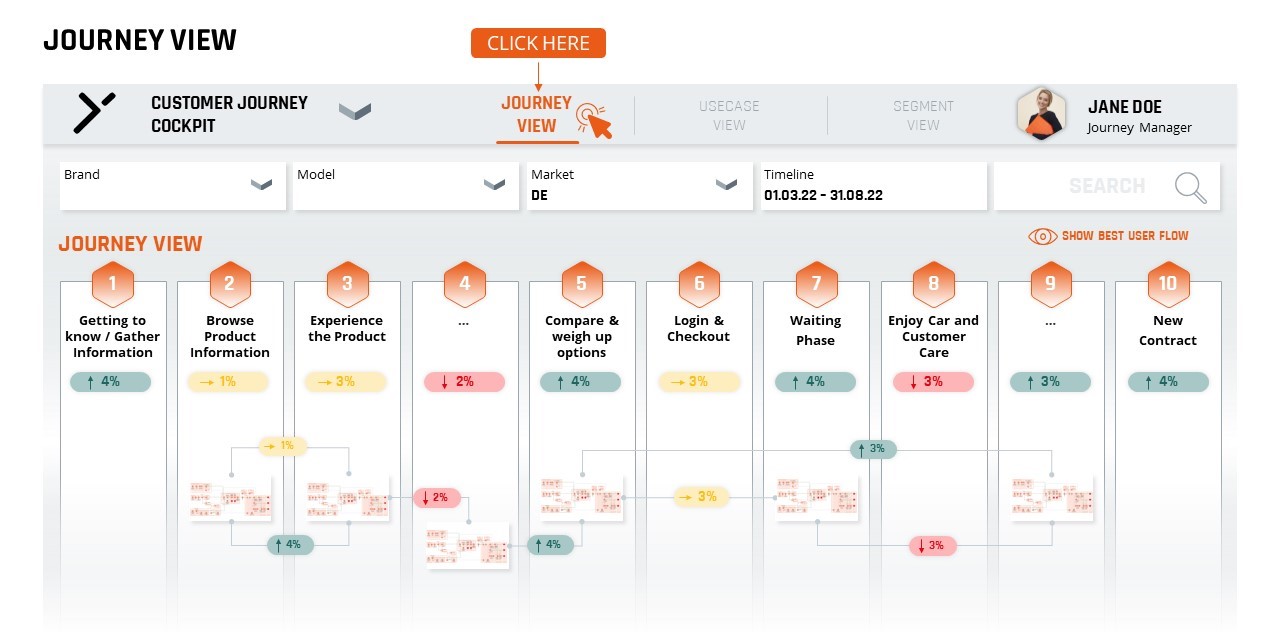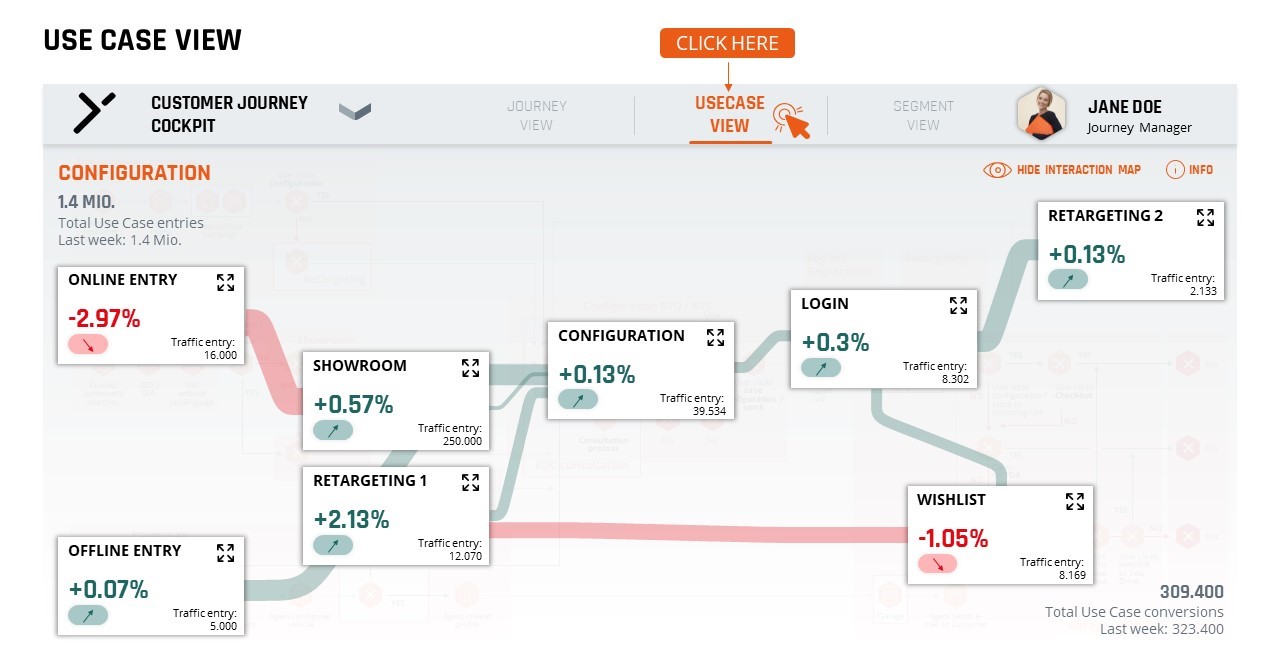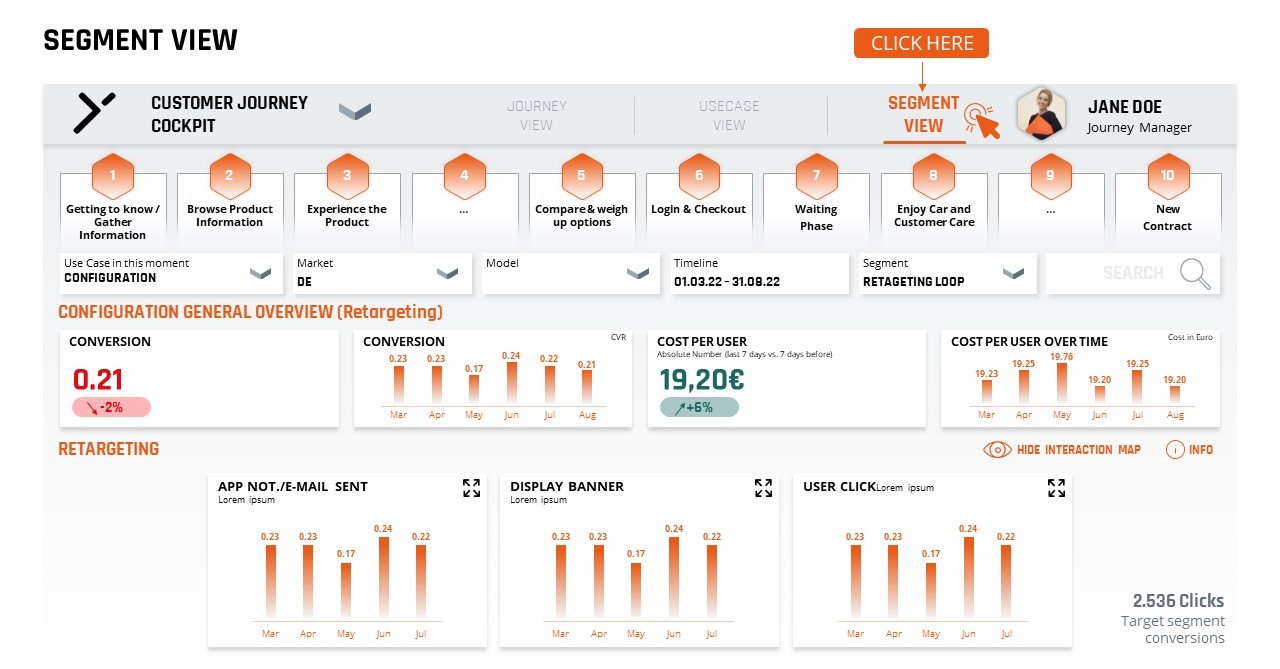Conclusion: An approach that builds customer loyalty and reinforces delight in your vehicles
In the age of digital vehicles, the customer reigns supreme. Rapidly evolving automotive technologies and a host of new market entrants mean consumers can choose between an ever-expanding range of ICE, hybrid and electric vehicles, which constantly leverage and generate real-time data about everything from local weather conditions to the driver’s on-the-road music preferences.
As our report shows, this tech-driven transformation is in turn an opportunity for the industry to develop far more customer-friendly marketing and sales journeys, which are repeatedly optimized by processing and analyzing external consumer and market data and internal business data.
However, too many OEMs and dealers are still mired in traditional marketing and sales models where the customer’s interest comes second to the needs of the producer or retailer. The four-stage approach outlined above will help you create journeys for your existing and prospective customers that will cement their loyalty and ensure their continuing delight in your products.
